BDD Testing with Next.js and Playwright: Scalable, Readable, Reliable
Maciej Tokarzewski - Senior Software Engineer
20 May 2025
In modern development, keeping tests reliable as your app grows is crucial. Combining BDD with Cucumber, Playwright, and Gherkin, structured via the Page Object Pattern, gives you living specs that non-technical stakeholders can read and that stand up to UI changes. This lets teams scale tests and development together, ship new features confidently, and avoid regressions.
Key Benefits
- Shared Understanding: Align teams with natural-language scenarios.
- Living Documentation: Keep specs in sync with actual behavior.
- Early Regression Detection: Catch breaking changes before they reach production.
- Scalable Architecture: Use Page Objects and modular steps to manage growth.
- CI & Reporting: Leverage tags, HTML reports, and videos/screenshots for clear insights.
Setting Up the Project
- Initialize a Next.js app

- Add dependencies

- Configure scripts in package.json:
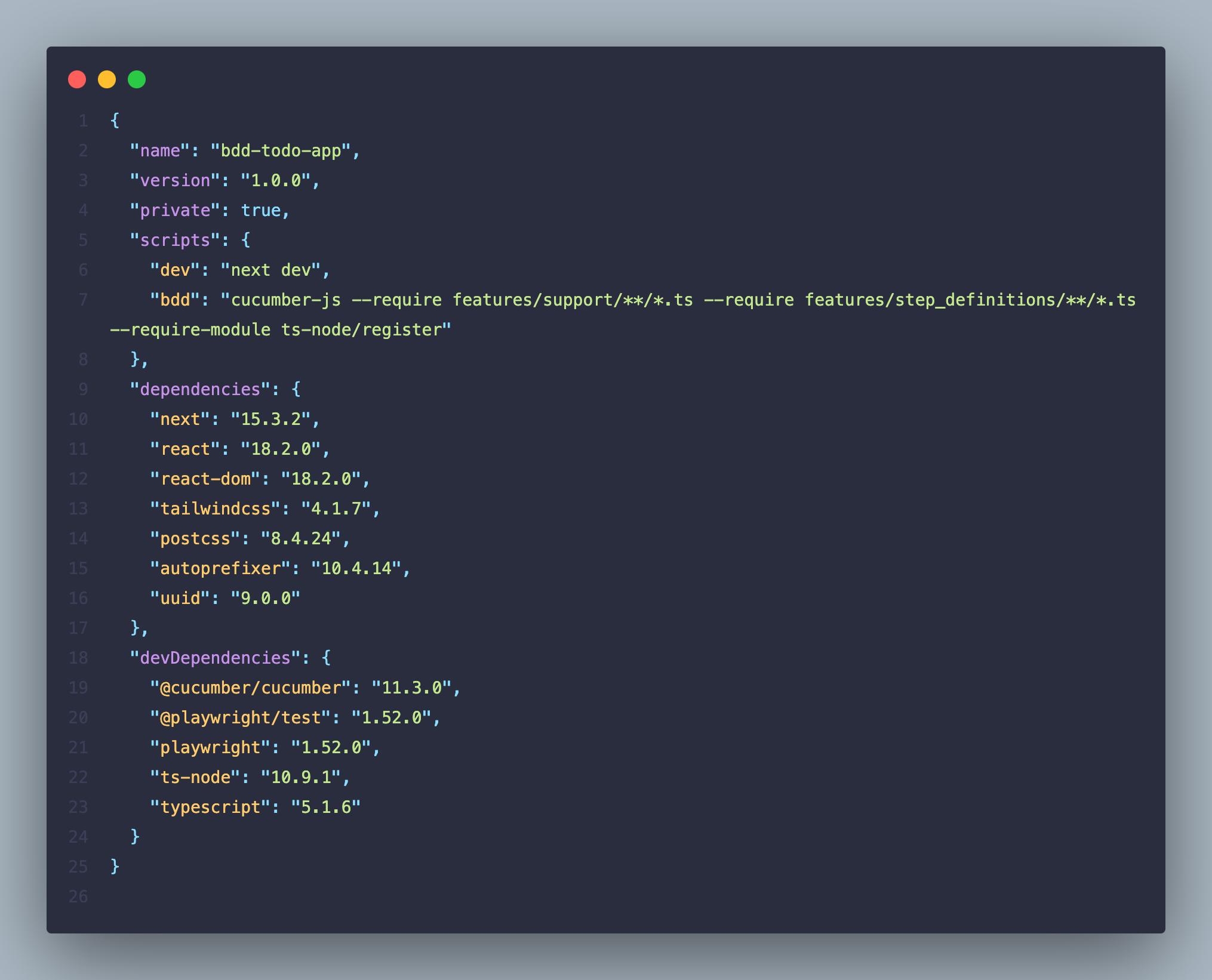
BDD Setup
- Custom World & Hooks
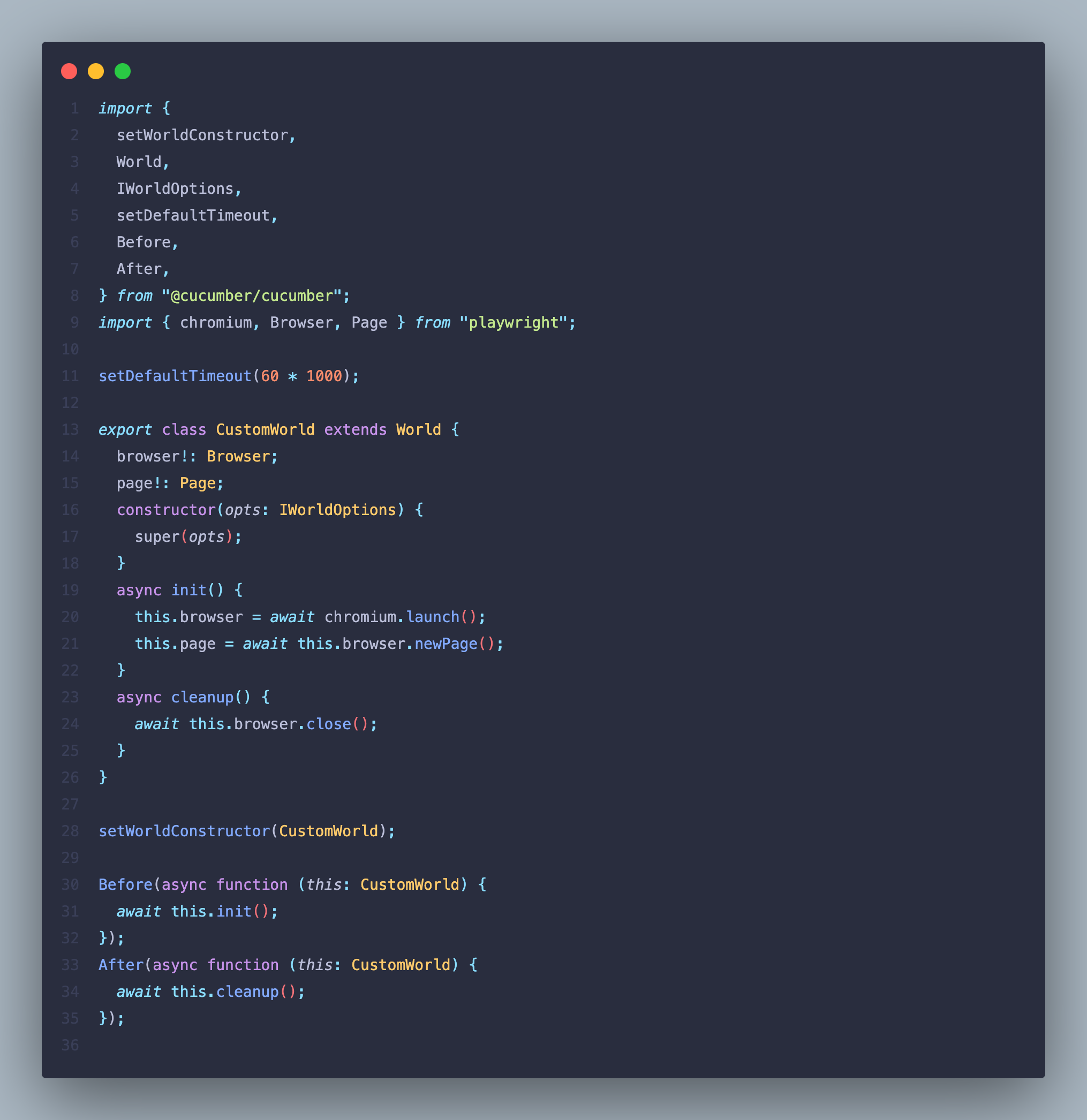
BDD Tests Implementation
Home Page
- Page Object
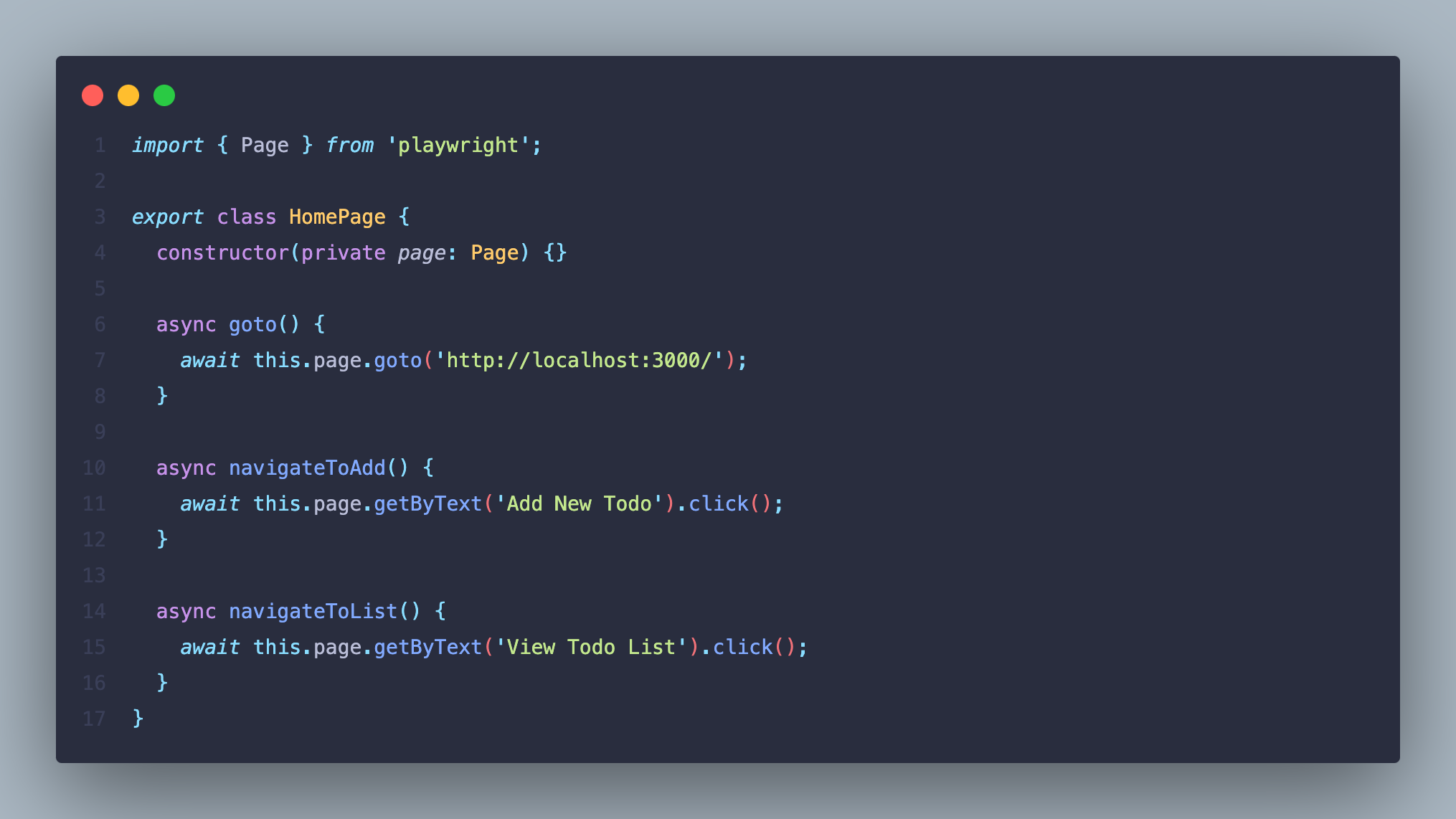
- Feature
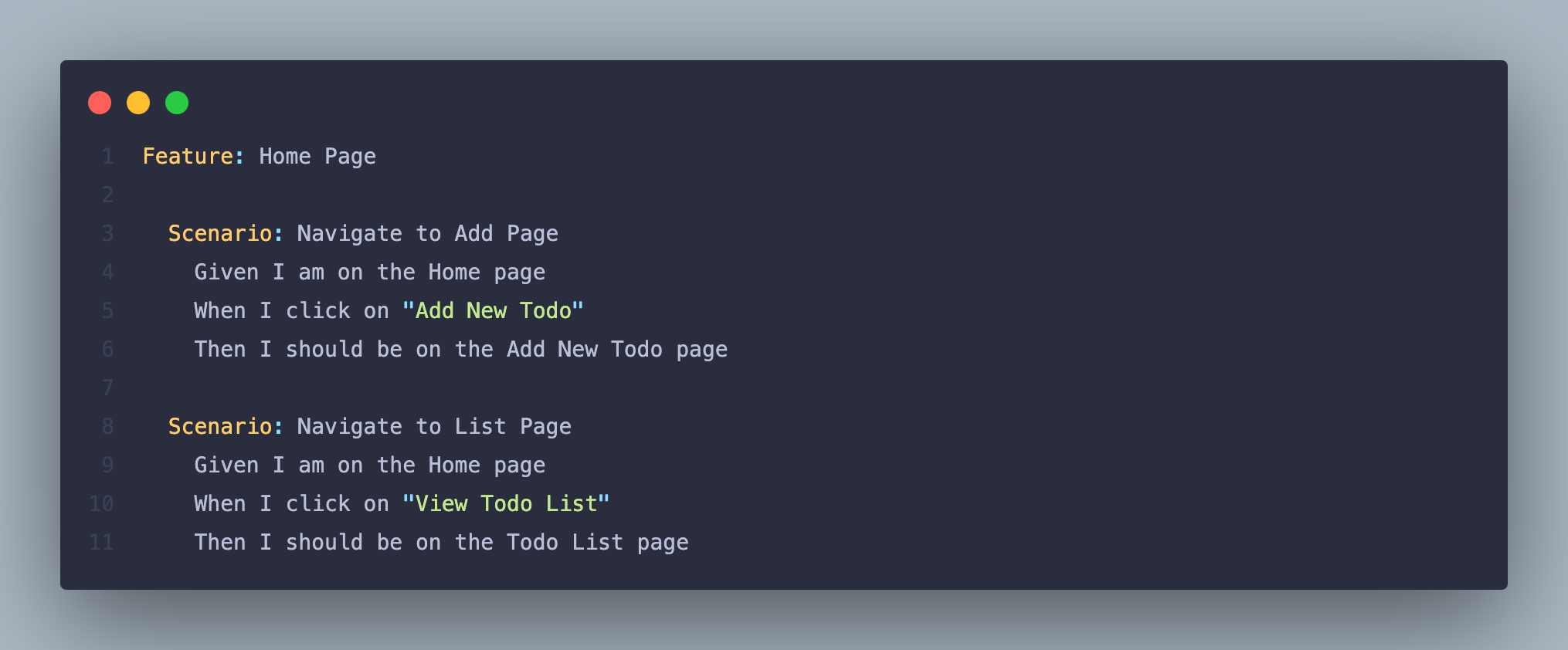
- Steps
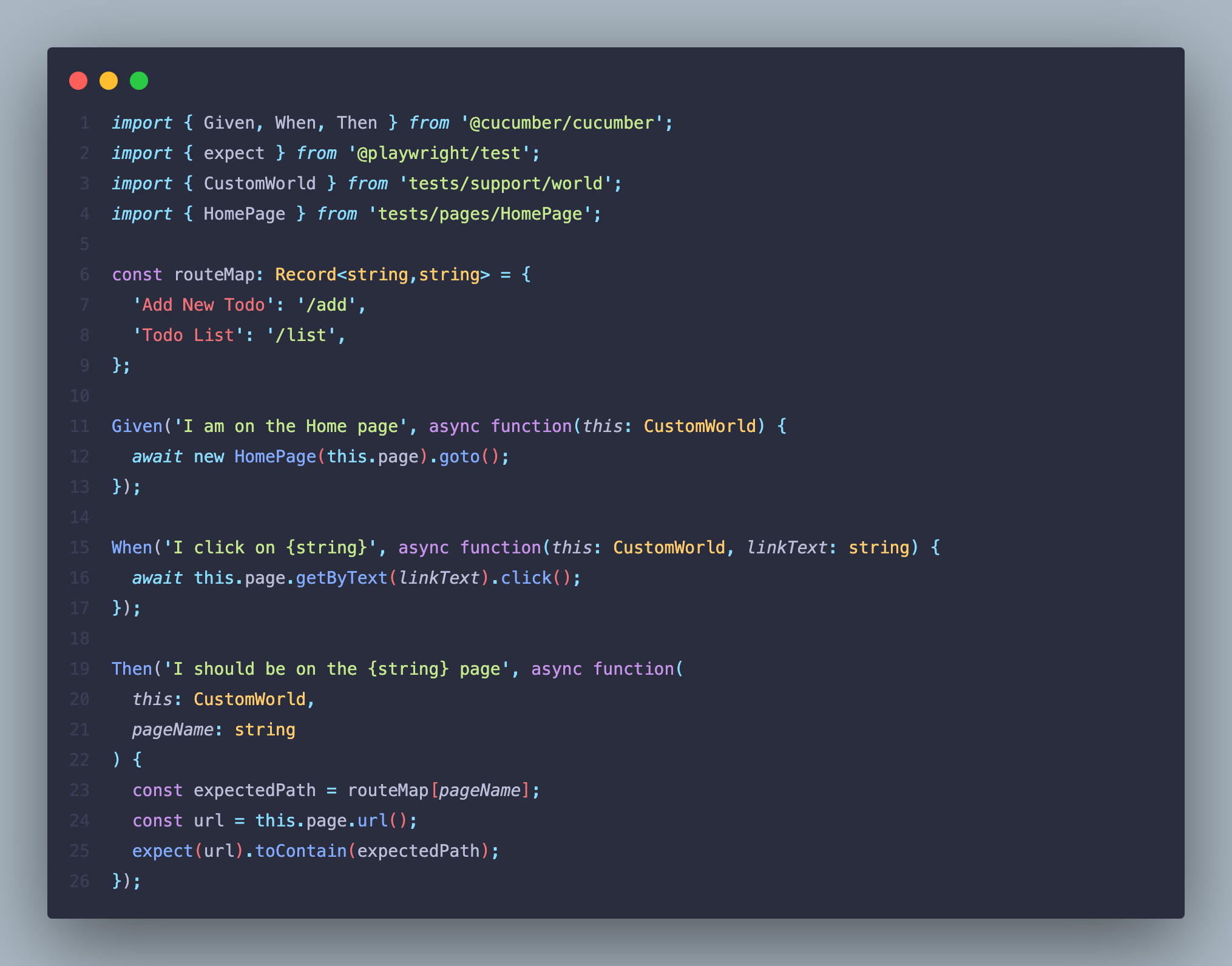
Todo List Page
- Page Objects
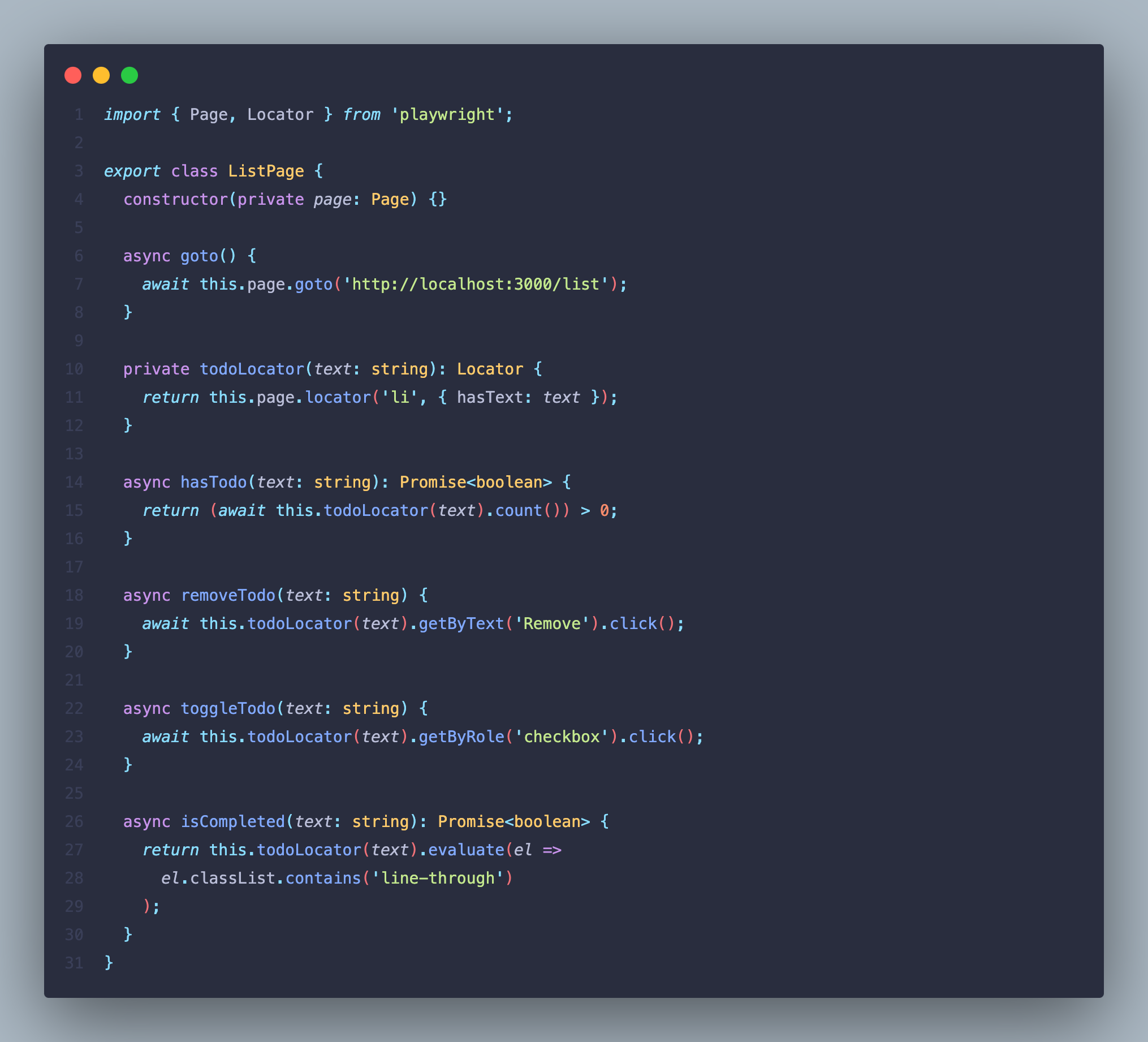
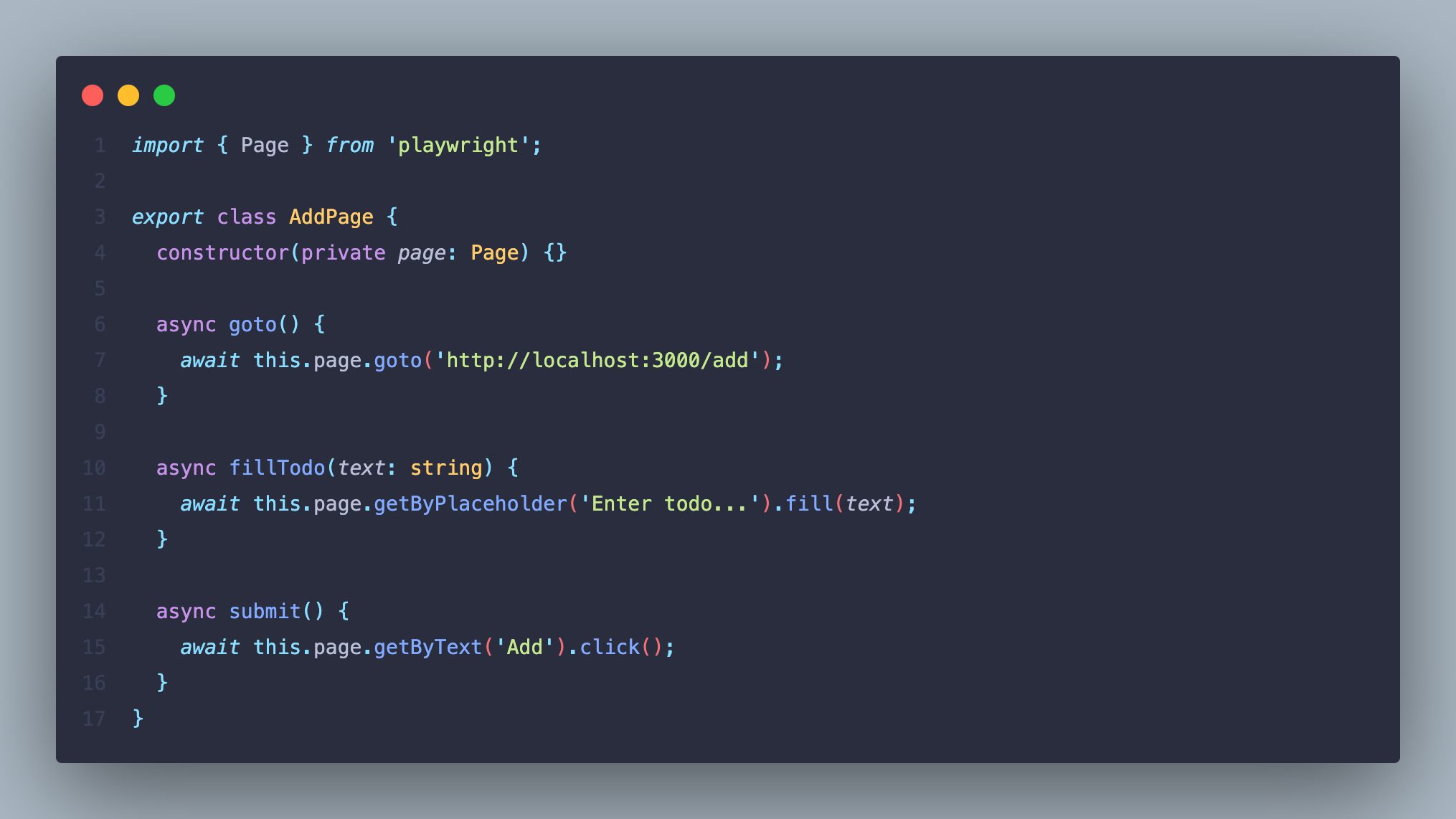
- Feature
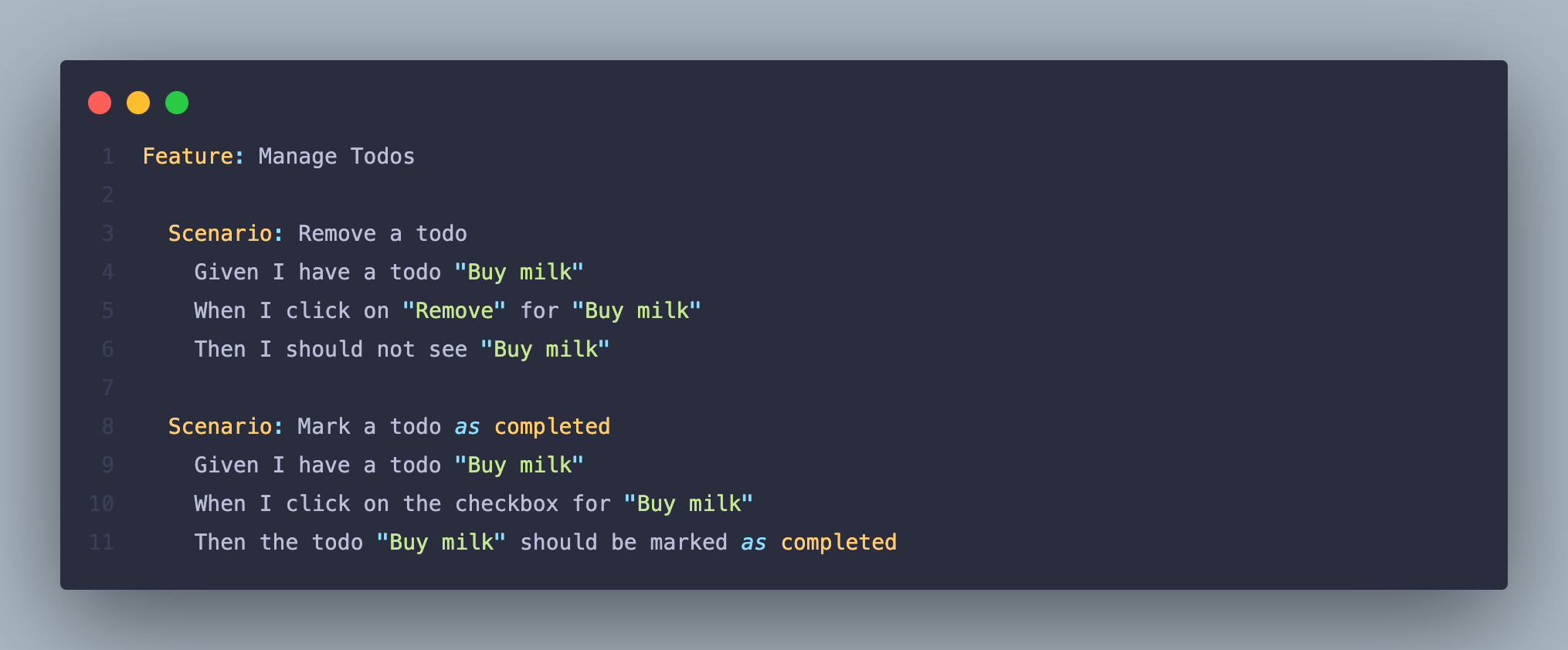
- Steps
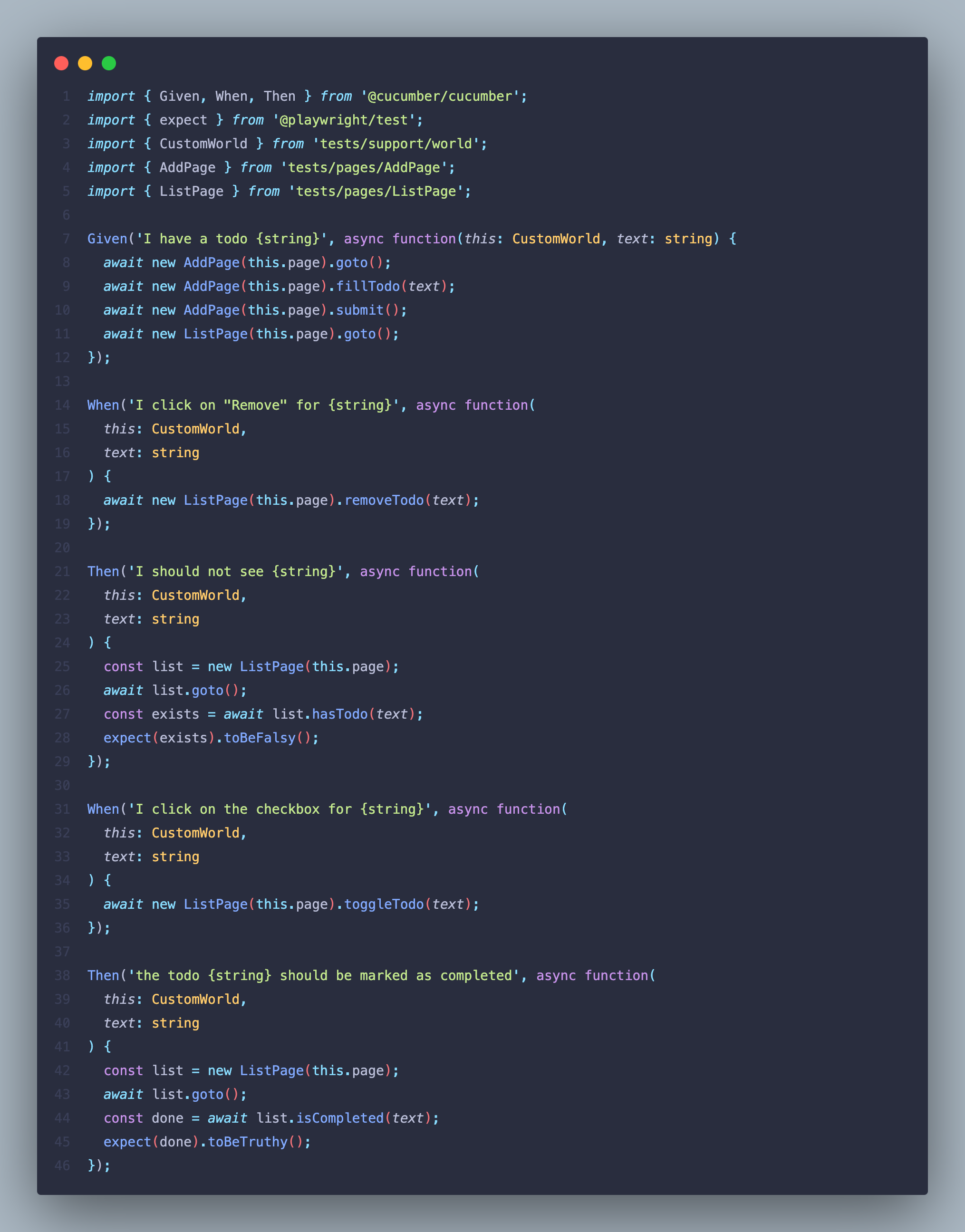
Best Practices for BDD
- Keep scenarios focused: one behavior per scenario.
- Use Scenario Outlines for data variations.
- Leverage tags (@smoke, @regression) to organize runs.
- Maintain Page Objects: encapsulate selectors and actions.
- Review Gherkin: ensure scenarios read like documentation.
- Avoid implementation details in steps; focus on outcomes.
Why Testing Matters
Implementing a comprehensive BDD-driven end-to-end test suite delivers far-reaching benefits:
- Prevents regressions by continuously verifying critical user journeys every time you deploy.
- Aligns cross-functional teams around clear, living requirements written in Gherkin—no more “lost in translation.”
- Accelerates delivery : catching issues early in CI reduces manual QA cycles and shortens feedback loops.
- Improves product quality : automated scenarios validate real-world flows, boosting confidence in each release.
- Enhances maintainability : modular Page Objects and Scenario Outlines make adding features or data variations trivial.
- Scales sustainably : tag filtering (@smoke, @regression) lets you run focused subsets in parallel, optimizing CI time.
- Drives documentation : your feature files double as up-to-date user-facing specs, useful for onboarding and audits.
- Reduces technical debt : by codifying expected behavior, you avoid brittle, ad-hoc test scripts that rot over time.
- Builds team confidence : knowing critical paths are protected empowers developers to refactor fearlessly.
With BDD, your tests evolve alongside your code, becoming an integral part of your design and release process rather than an afterthought. This leads to faster innovation cycles, higher application resilience, and stronger alignment between business goals and technical implementation.

Maciej Tokarzewski
Maciej has over 9 years of experience in front-end and full-stack development, specializing in modern technologies like React, React Native, and TypeScript. He enjoys building scalable and efficient solutions while mentoring teams to maintain best practices. Maciej has extensive experience creating design systems using Tailwind CSS and implementing end-to-end tests with Cypress to ensure high-quality deployments.


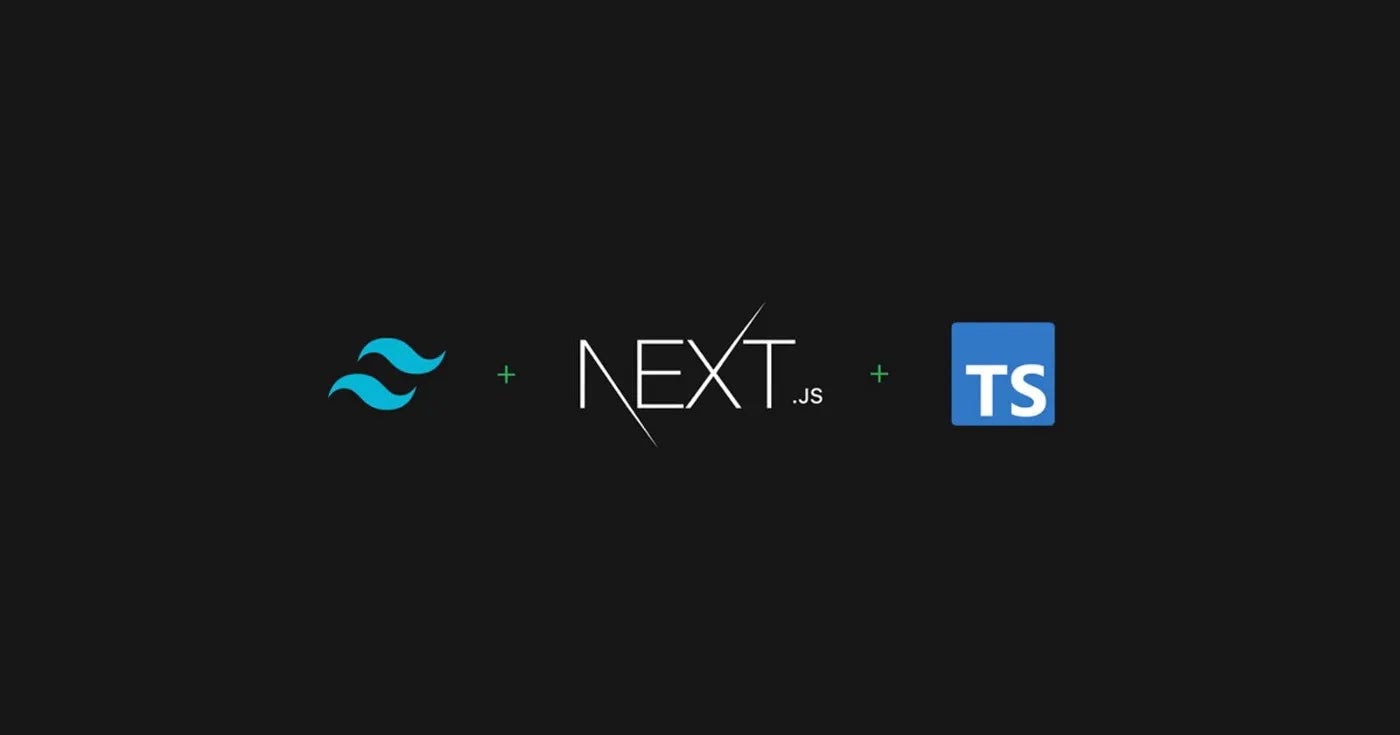
Share on social media